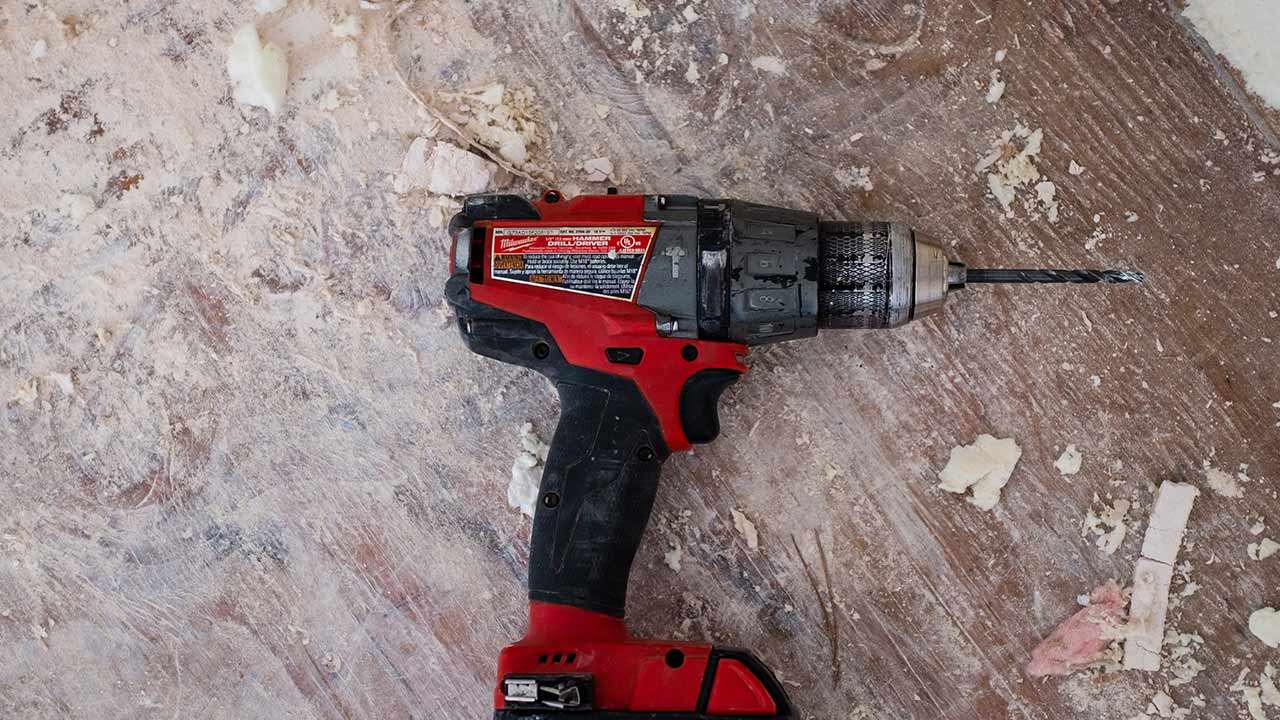
Restoration work on older buildings often uncovers asbestos.
Ceilings, pipes and wallcoverings can be removed or disturbed whilst carrying out restoration work. This is when asbestos is discovered and if it isn’t recognised, when it is most dangerous.
Asbestos is a fibre which was used in combination with lots of other materials which means it can be hard to spot. However, there are some places where it is most common.
Where Will I Find It?
Places, where you are more likely to come across asbestos during restoration work, are:
- Insulation in ceilings or floor cavities and insulation boards.
- Carpet Underlay and floor tiles
- Spray coatings and tiles on ceilings and walls
- Textured coatings on outer walls
- Cement roofs
- Lagging around pipes or boilers
You are most likely to find asbestos when renovating a building which was built before the year 2000. This is because the use of asbestos was completely banned in 1999 due to serious health risks if the fibres are inhaled.
What Is Asbestos
Asbestos is a mineral which is fibrous and can be pulled into a fluffy consistency or mixed with other materials. Asbestos fibres are very flexible and resistant to corrosion, heat, and electricity. These qualities make asbestos a very effective insulator and sealant, which is why it was so widely used in building materials from the 1800s.
However, it was in the 1920s that asbestos began to be used widely in construction. Materials such as Artex, pipe lagging, loft insulation, window putty were created using asbestos. At its height in the ’60s and ’70s asbestos was used in over 3000 materials. In fact, the UK imported around 170,000 tonnes of asbestos per year.
The dangers of asbestos have been discussed since the Roman times, however, it’s use was only completely banned in 1999.
Why Is It Dangerous
The tiny fibres in asbestos and asbestos-containing materials are can be easily breathed into the lungs. Where they embed into the lining. These fibres irritate the lungs over time, leading to the growth of cancer.
You can read more about the dangers of asbestos exposure here.
Commercial Buildings Are Also At Risk
It isn’t just homeowners that come across asbestos during restoration work, commercial property owners also need to be aware of asbestos.
Strict regulations apply to the removal and management of asbestos due to serious health risks. These regulations are in place to protect contractors, building owners and members of the public from the dangers which asbestos poses.
As a commercial property owner carrying out restoration work, if you believe you have uncovered asbestos it is imperative that you employ a qualified asbestos company to check it for you.
Building owners, contractors and members of the public are all at risk of asbestos exposure if the correct process isn’t followed. Failure to follow the correct procedures also carries legal implications for both the building owner and the contractor.
Serious Consequences
This point was illustrated recently in a case at a magistrates court in Lancashire.
Asbestos was discovered in the roof of a period building during renovation work. The owners of the building contacted a licensed removal company to remove the asbestos, however, they failed to employ them and instead began removing it themselves.
This involved members of staff removing the asbestos-containing materials without the correct safety equipment. Members of the public were exposed to the materials as the area was not contained.
The whole site was shut down and a prohibition notice served after the local council discovered the situation. Charged with eight offences of failing to ensure the health and safety of their employees, the public and allowing the release of asbestos fibres into the atmosphere the building owners plead guilty. They are currently awaiting sentence.
Stay Safe During Restoration Work
When carrying out any restoration work it is important to look out for asbestos. Asbestos-related diseases account for around 4,500 deaths each year in the UK despite it’s 1999 ban. There is no cure for these diseases, which is why asbestos exposure is not something you want to take a risk with.
If you are worried about how to identify asbestos contact us for help. We will advise and work with you to solve your problem. It isn’t always necessary to remove asbestos, it can be managed safely if done properly.
Asbestos removal, disposal and encapsulation are subject to tight regulation and shouldn’t be performed without contacting a professional.
Worried about asbestos at your home or workplace? Give us a call.
You can be confident that with our support harmful materials will be identified, tested and removed.